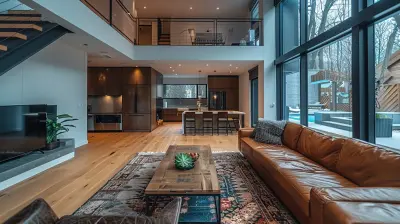How to Make Your Home Feel More Spacious Through Staging
16 August 2025
You know that feeling you get when you walk into a well-staged home and it just feels... bigger? Like you can breathe easier, move freely, and imagine yourself actually living there? That's not an accident — it's a clever trick of the trade called home staging, and when done right, it can completely transform the look and feel of your place, even if square footage is limited.
Whether you’re prepping to sell, or just want to stop bumping into your furniture every time you walk through the living room, this guide is for you. We'll talk practical tips and creative ideas for making your home feel more spacious without knocking down any walls (or selling your couch). Ready to open up your space? Let’s dive in.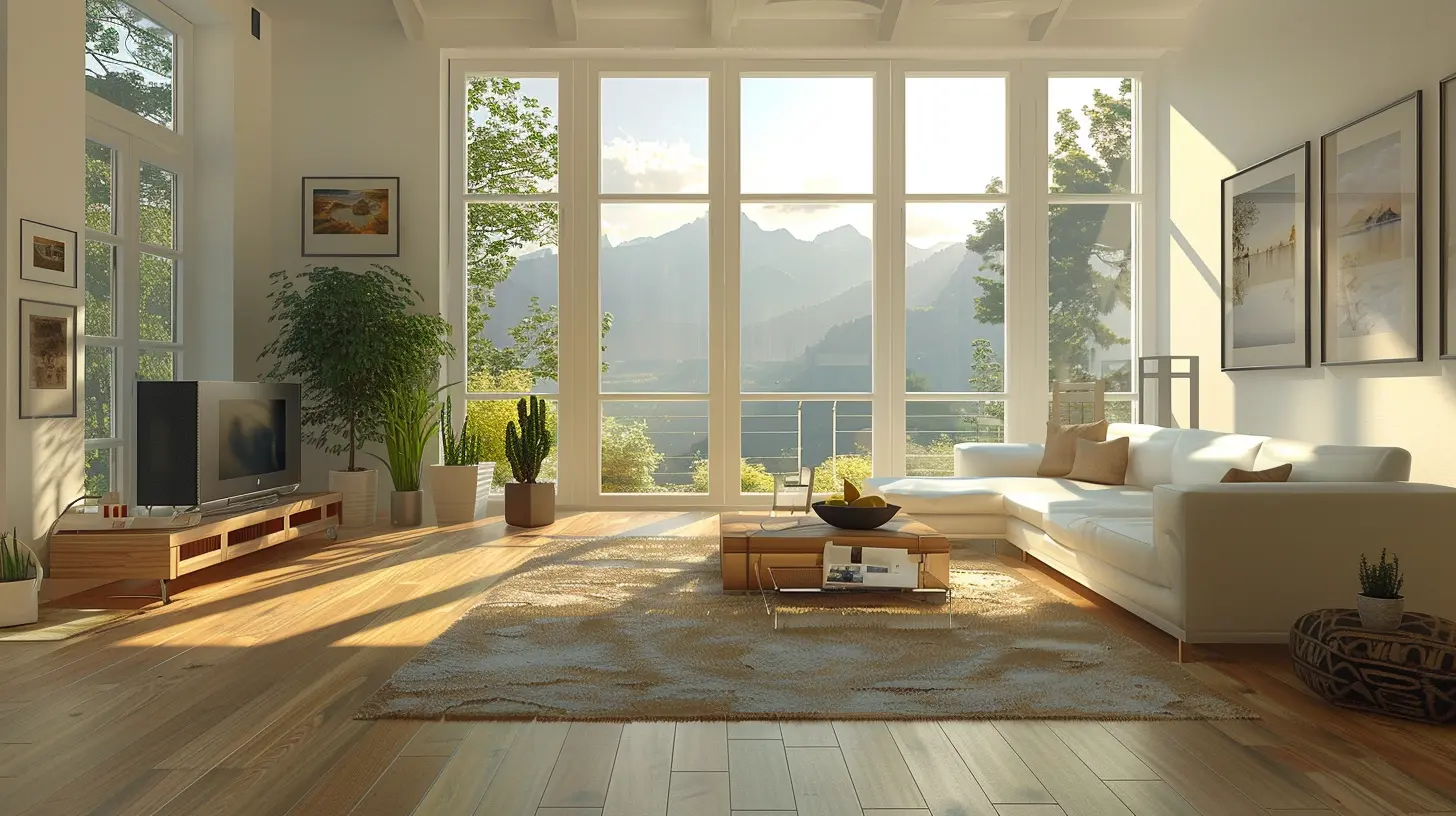
Why Staging Matters (Space-Wise)
Before we get into the how, let’s talk about the why. Why should you focus on staging to make your home feel roomier?Because perception is everything. When potential buyers (or guests!) walk into your home, how they feel matters more than the actual dimensions. A well-staged home that feels airy and open can often trump a larger home that feels cramped and cluttered. It’s like the difference between an organized closet and a stuffed one — the latter may have more in it, but the former feels better to use.
And honestly, we all want our homes to feel like a serene, clutter-free escape — not an episode of Hoarders.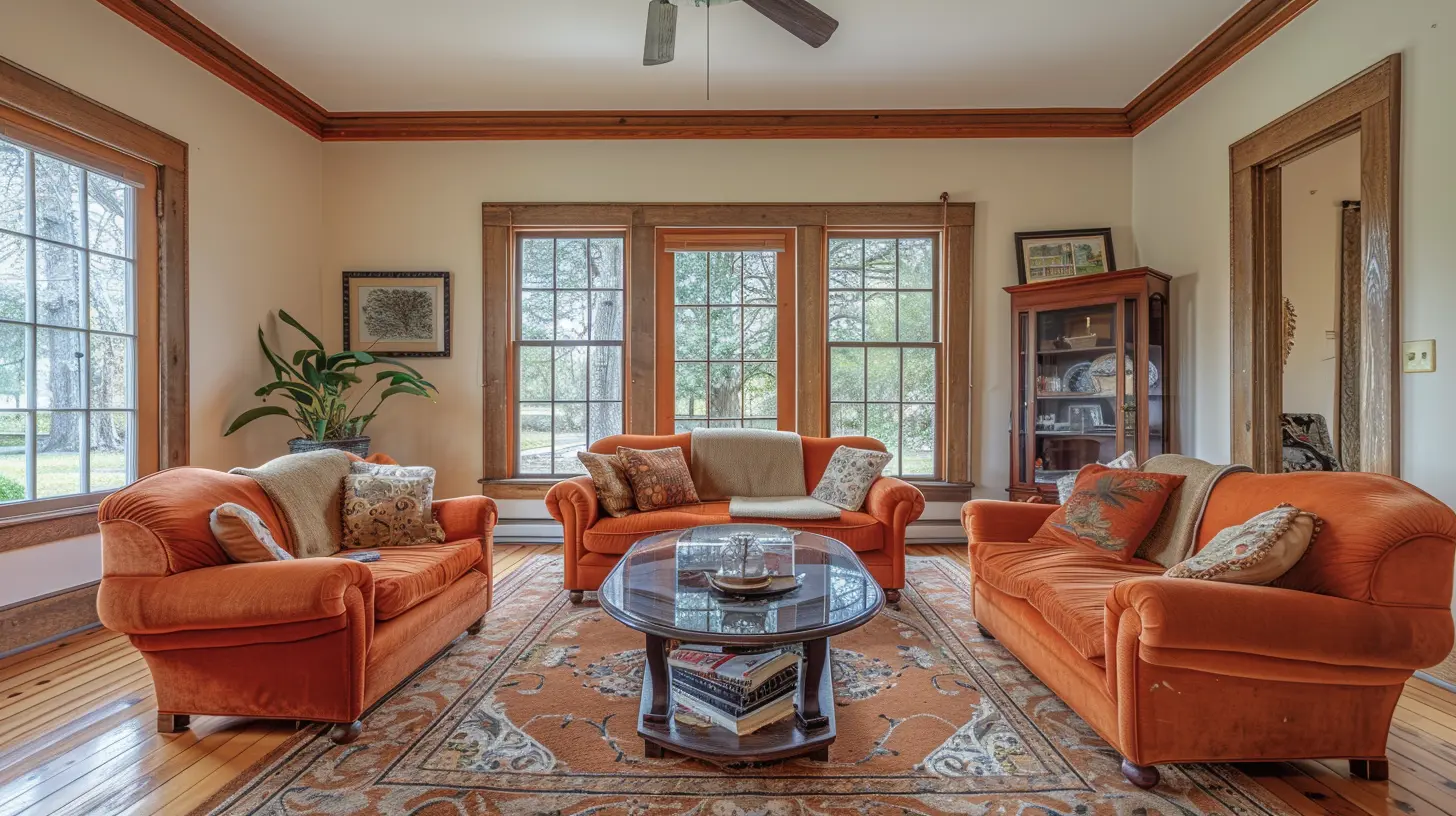
Start With a Clean Slate
Let’s be real: You can’t stage anything effectively if your space looks like a storage unit.Declutter Like You’re Moving Tomorrow
This isn’t just about tossing a few magazines. Go deep.- Clear off countertops, shelves, and floors.
- Remove personal items like family photos, trophies, and memorabilia.
- Pare down furniture — do you really need that extra armchair?
If it doesn’t add to the look or function of the room, it’s probably subtracting from the feeling of space.
Tip: Think of each item you remove as adding a square foot of breathing room.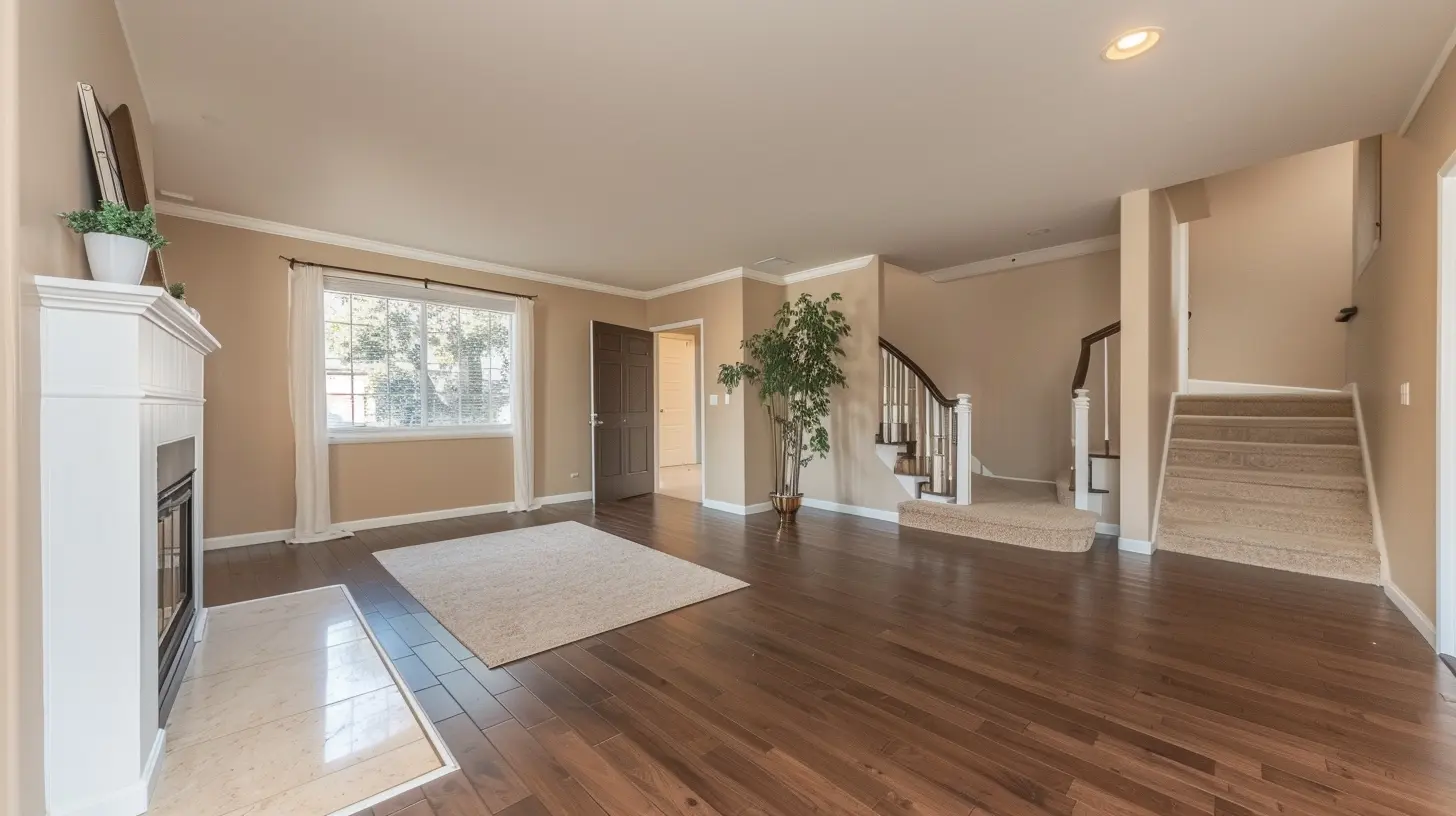
Let There Be (Natural) Light
Lighting is a game-changer — seriously. It can make or break the mood of a room.Open the Curtains and Use Mirrors
Pull back heavy drapes and roll up the blinds. Let as much natural light in as possible. If your space doesn’t get much sun, add mirrors to bounce around the light you do have. Hang one across from a window or in a dark hallway. Bonus: mirrors create the illusion of depth, making a room feel twice as big.Swap Out Bulbs
Use LED bulbs with a “daylight” tone to mimic sunlight. Warm light is cozy, but too much of it and your space can start to feel like a cave.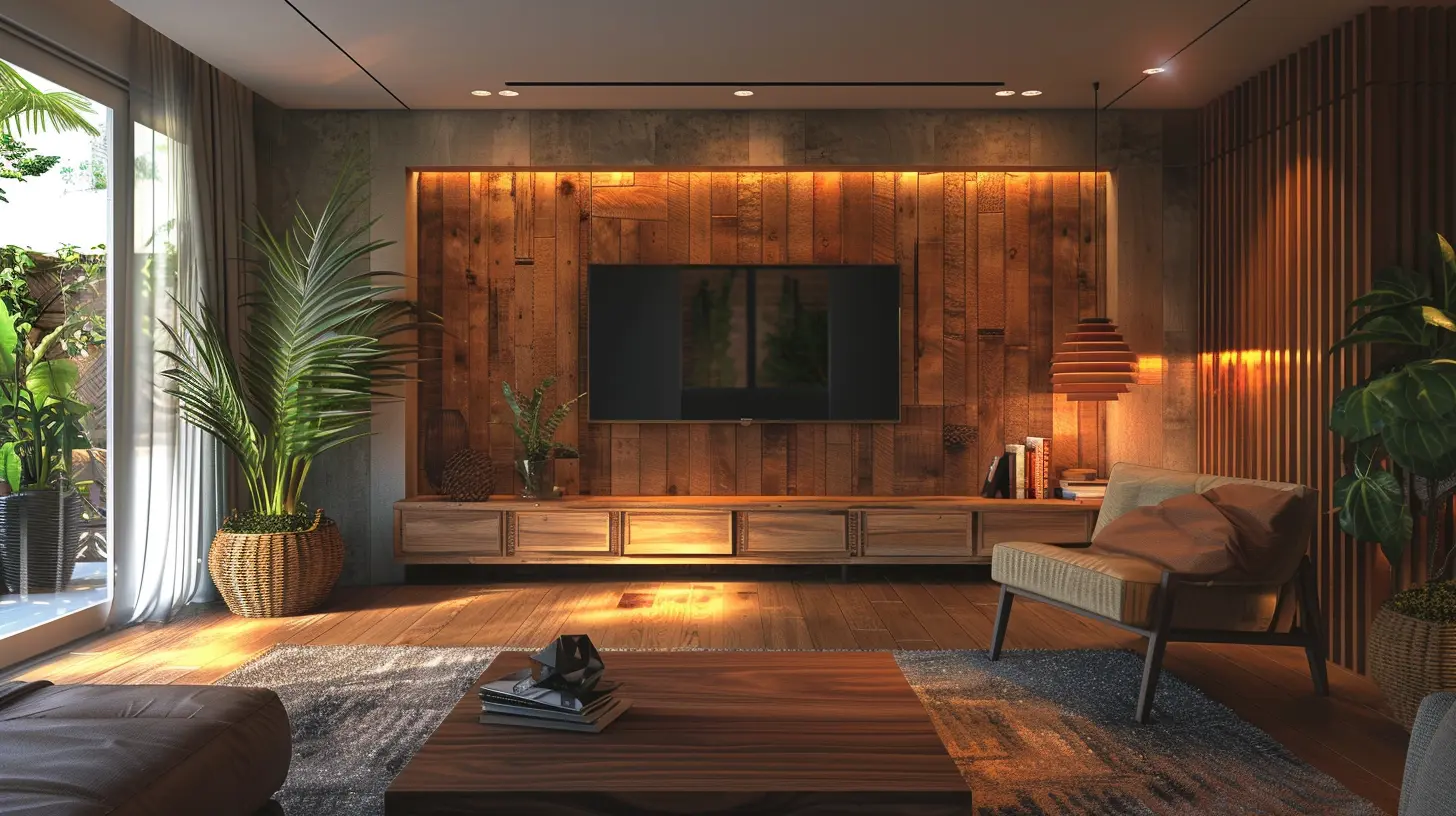
Choose the Right Furniture — and Less of It
Over-furnishing a room is like wearing every accessory you own at once — it just doesn’t work.Scale Matters
Pick furniture that fits the room. A massive sectional might be comfy, but if it eats up the whole living room, it’s hurting more than helping. Try:- Armless chairs
- Slim-profile sofas
- Glass or acrylic tables
These pieces still do the job but don’t feel visually heavy.
Keep Pathways Open
Allow at least 2-3 feet of walking space in high-traffic areas. If someone has to turn sideways to get around the coffee table, it’s time to rethink the layout.Float Your Furniture
Here’s a tip that might go against your instincts: don’t push everything against the walls.Give It Breathing Room
Pulling furniture a few inches away from the wall actually makes a room feel larger. Weird, right? But it creates the illusion of depth — and nothing says "crowded" like a lineup of furniture all hugging the perimeter.Try arranging your seating around a central focal point (like a rug or coffee table) with some clearance between each piece. It invites people in instead of boxing them out.
Use Rugs to Define Spaces
Rugs are like visual dividers — they tell the brain, “This is one area, and that’s another.”Create Zones in Open Floor Plans
Got a combined living/dining room? Use area rugs to anchor each section. It helps break up the space while keeping things cohesive. Just be sure your rugs are the right size — a rug that’s too small will make everything feel cramped.Pro tip: Have furniture legs touch the rug to ground the area. Floating rugs can make things feel disconnected.
Embrace the Magic of Neutral Colors
Dark colors can be dramatic and cozy — but they also absorb light and make rooms feel smaller.Stick With Light, Airy Tones
Think whites, beiges, soft grays, and pale blues. These colors reflect light and make walls seem farther away.Want to add some personality? Use accessories like pillows or art to bring in pops of color without overwhelming the senses.
Maximize Vertical Space
When floor space is tight, the only way to go is up.Tall Shelves, High Curtains
- Use bookshelves that go almost to the ceiling — it draws the eye upward.- Hang curtains as high as possible (closer to the ceiling than the window frame) to make windows feel larger and rooms feel taller.
This not only opens things up, it adds a sense of grandeur — like your home’s wearing high heels.
Simplify Decor
Remember: when it comes to home staging, less is more.Go Minimal with Accessories
Stick to a few well-chosen items:- A piece of wall art
- A vase of fresh flowers
- A simple centerpiece on the dining table
Avoid anything too bold or busy. If it looks like a showroom, you’re on the right track.
Optimize Storage (Without Showing It Off)
Nobody wants to see overflowing closets or packed pantry shelves — it screams, “Not enough space here!”Hide the Clutter
- Use baskets or bins with lids to tuck away miscellaneous items.- Under-bed storage is your friend.
- Keep closets only 50-75% full if you’re showing the home — it tells buyers there’s plenty of room.
Think: hidden storage that looks good and functions even better.
Stage Every Room with Purpose
Even the smallest, awkward corners can shine with the right staging.Show Off the Potential
Have a weird nook? Add a small desk and chair to suggest a home office. Empty corner? Pop in a plant or a reading lamp and armchair. Every space should show its value, especially if you’re selling.Add Greenery – But Keep It Simple
Plants breathe life into a room — literally and visually.Use a Few Strategic Green Touches
A tall fiddle leaf fig in the corner, a trailing pothos on a shelf, or a small succulent on a side table can go a long way. Just don’t overdo it — too many plants can start to feel like a jungle.Final Touches That Elevate the Feel
Sometimes, it’s the little things that make all the difference.- Fresh scents: Light a subtle candle or use essential oils (nothing overpowering).
- Clean everything: Dust, mop, vacuum — a sparkling space always feels bigger.
- Soft textures: Add cozy throws or linen curtains to soften the look and feel.
These finishing touches invite people to step in and stay awhile.
In a Nutshell…
Making your home feel more spacious is all about tricking the eye, maximizing light, minimizing clutter, and showcasing each room’s best assets. You don’t need to spend a fortune or knock down walls — a little thoughtful staging goes a long way.Remember, you’re not just showing off square footage; you’re selling a feeling — one of calm, openness, and possibility.
So whether you’re putting your home on the market or just want to feel like you live in an HGTV dream, use these simple yet powerful staging tips to open things up and let your space truly shine.
all images in this post were generated using AI tools
Category:
Home StagingAuthor:

Melanie Kirkland
Discussion
rate this article
1 comments
Valentina O'Neal
Great insights on home staging! The tips provided are practical and effective for enhancing space perception. I particularly appreciate the emphasis on lighting and decluttering. Looking forward to implementing these ideas!
August 23, 2025 at 4:04 AM

Melanie Kirkland
Thank you for your feedback! I'm glad you found the tips helpful. Best of luck with your staging!
